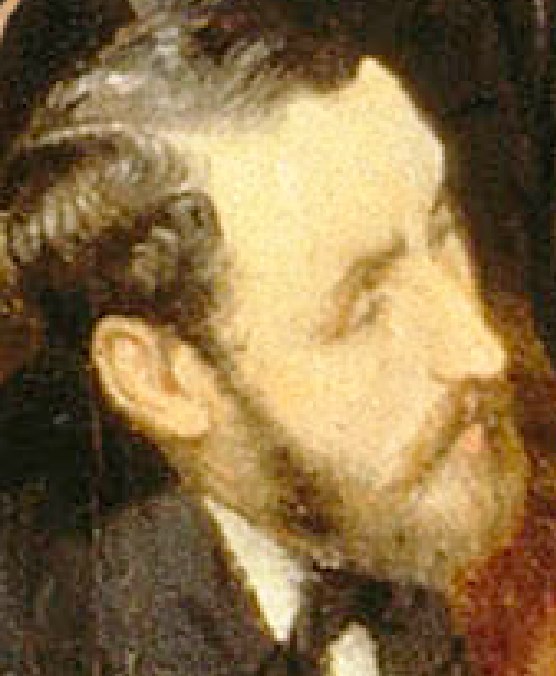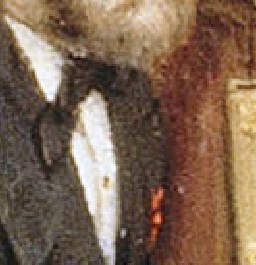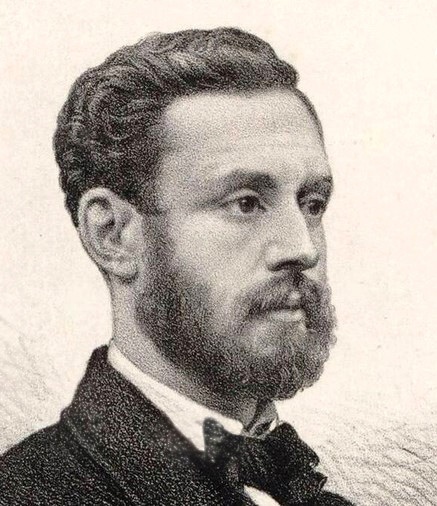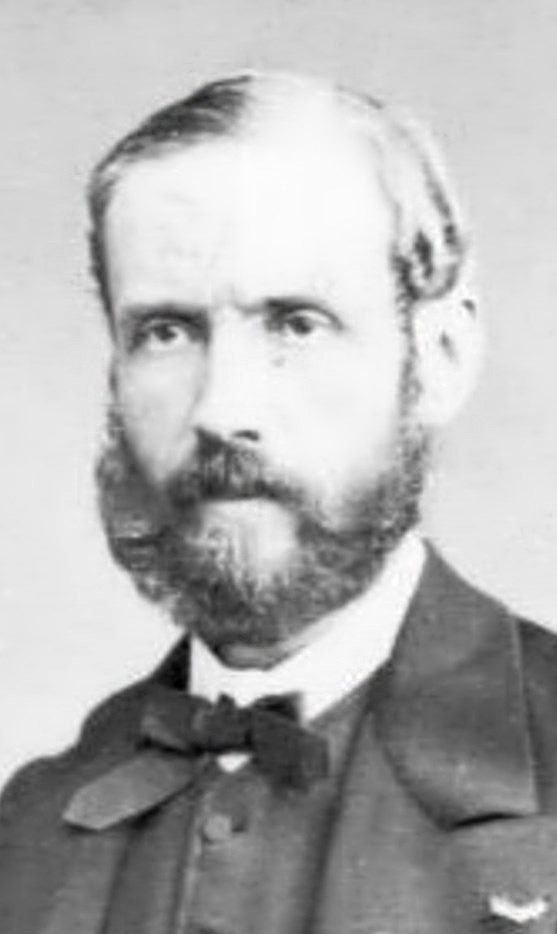Louis James Alfred Lefébure-Wély (1817-1869), organist, composer
1st image: Biard; 2nd: Chevalier boutonnière (Ch: 1850); 3rd: engraving by Dumoulin (1855); 4th: by Ch. Reutlinger (1860).
On February 13, 1852, Alfred Lefébure performed fantasies and his famous Boléro at de Nieuwerkerke’s16 vendredi-soirée, and again on February 3, 1854, a night that also featured Gounod's70b lecture on his Bach Prelude. Despite these performances, Giraud11 never sketched his caricature. Lefébure likely preferred to spend time with his family after the soirée rather than attending the après-soirée at Viel's43 atelier. Lefébure’s Chevalier of the Legion d’Honneur title (received in 1850) is visible.
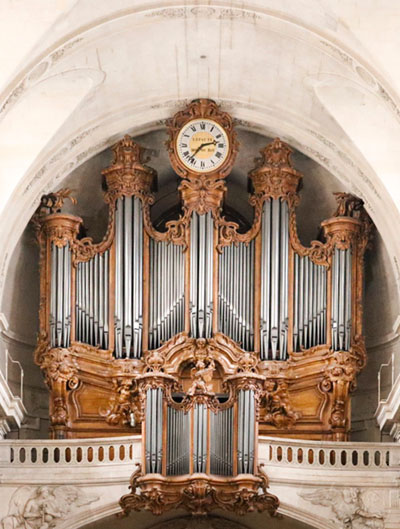
Lefébure was a prodigious talent from an early age. His father, originally named Lefebvre, replacing it with the more fashionable Lefébure-Wély, was a composer and organist at the Église Saint-Roch in Paris, where young Alfred made his first public performance at the age of eight.
Hidden from view, the congregation assumed the player was his father —reaching the pedalboard at that age must have been a challenge.
In 1827, his father suffered a stroke. With his family’s livelihood at stake, Alfred took over as organist at Saint-Roch, a role he held for four years. His first piano composition was published in 1831, but tragedy struck when his father passed away just three years later.
Despite his young age, Alfred retained his position at Saint-Roch, refining his skills and enrolling at the Conservatoire de Paris in 1832.
Under the tutelage of Halévy19, he studied piano, organ, and composition, winning first prize for his performance of Chopin’s Piano Concerto No. 1. Known for his unconventional approach, he often surprised the congregation by replaced traditional religious music with improvisations based on opera choruses, popular tunes, and his own compositions —including his Boléro.
Though destined for international acclaim —possibly even the Prix de Rome— Lefébure instead chose love over prestige. He married young soprano Joséphine Thérèse Court on April 15, 1843, electing to remain in Paris to support his family rather than pursue further accolades.
Devoting himself to composition, Lefébure wrote numerous arrangements of popular melodies and elegant piano studies, some of which he dedicated to Auber56. He was frequently invited to perform at soirées hosted by Herz, de Rothschild, and Ponchard25, often appearing alongside luminaries such as Roger04a, Pasdeloup12, and violinist Alard15.
Like Chopin with Pleyel and Liszt with Érard, Lefébure forged a deep connection with organ manufacturer Cavaillé-Coll. When the company installed its renowned organ at La Madeleine in 1846, Lefébure was appointed as its organist. Although he resigned in 1858 to focus on composing, he returned in 1863 to play when Cavaillé-Coll completed Paris’ largest organ —featuring 100 drawstops— at Saint-Sulpice.
While many of his compositions —including two symphonies, over 200 piano pieces, and numerous organ works— have faded into obscurity, his nocturne Les Cloches du Monastère (The Bells of the Monastery), Op. 54, remains known. Curiously, the piece features prominently in the haunting soundtrack of the horror-survival video game Five Nights at Ferries 2, where it adds an eerie atmosphere.
Lefébure’s relentless dedication to music took a toll on his health. He contracted tuberculosis and passed away at the young age of 52.
